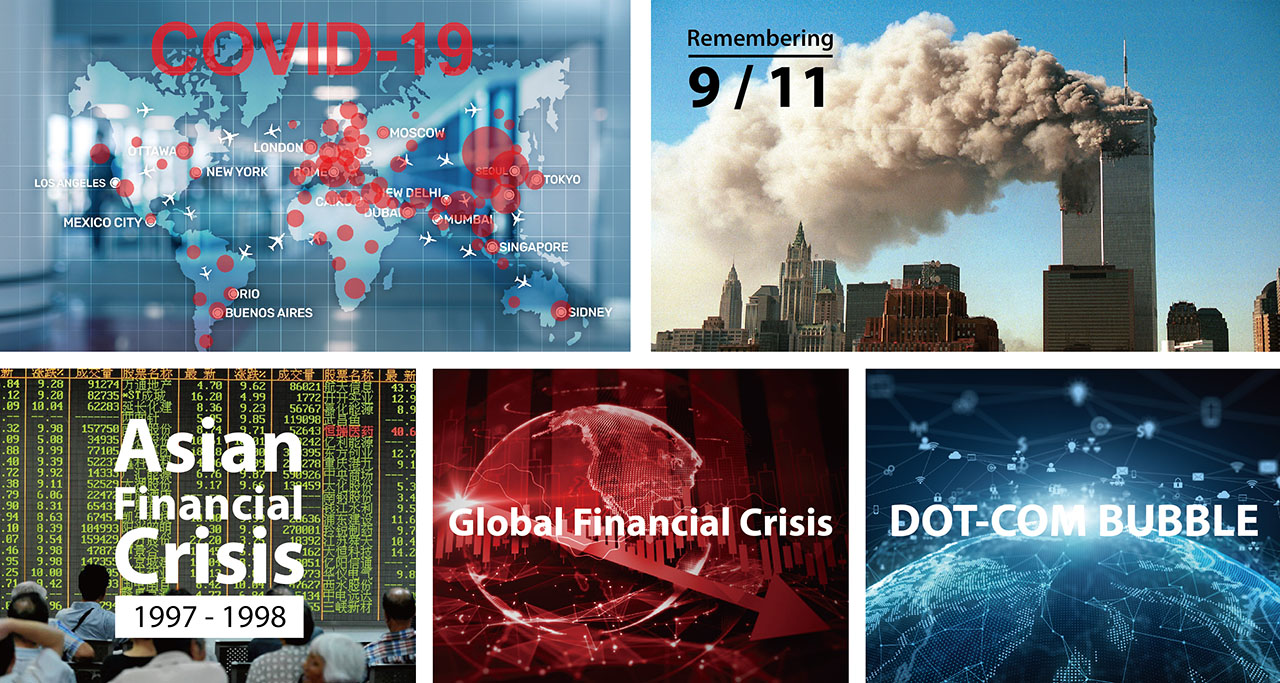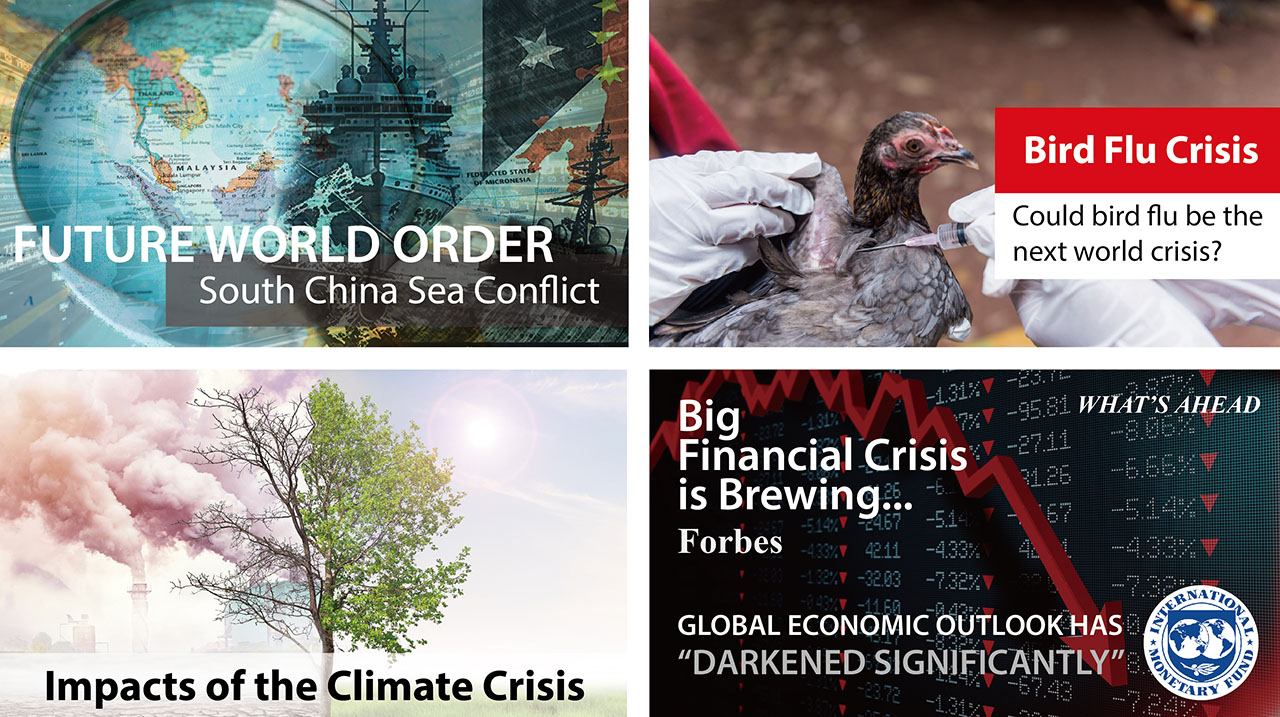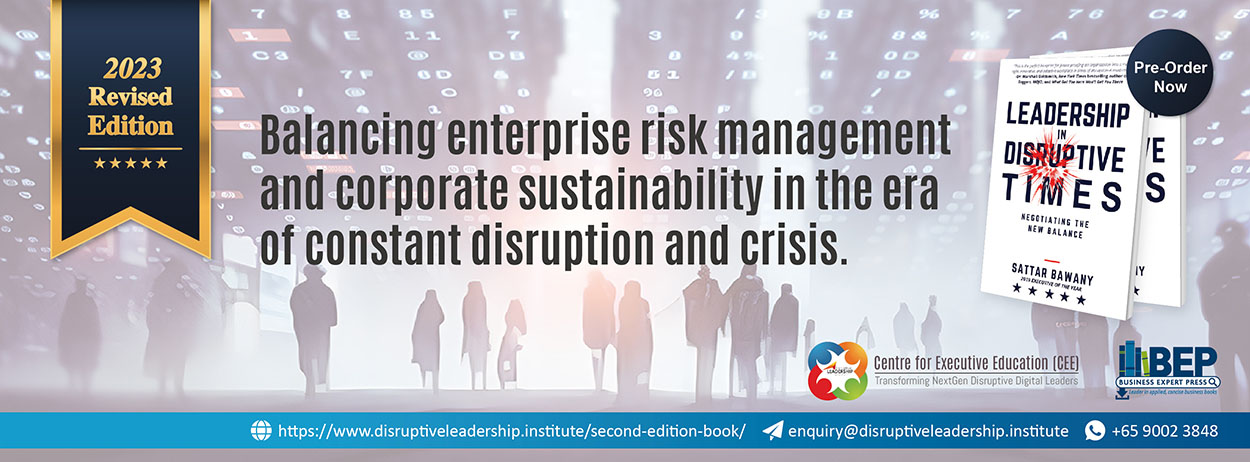The Making of a “C.R.I.S.I.S.” Leader
Introduction
As the world becomes more complex and connected, the threat of a corporate crisis grows. There are instances everywhere: We have experienced firsthand how a pandemic when spread worldwide, caused massive global business disruption and a public health disaster; a corruption scandal causes a corporate leader to step down; the sudden death of a CEO without succession planning in place causes instability; a data breach shakes customer confidence; and quality issues trigger a widespread product recall. ¬These are just a few examples among many of the recent corporate crises.
A crisis can be defined as a time of intense difficulty, trouble, or danger. It can be caused by a range of factors, from natural disasters to financial downturns, and can impact individuals, organizations, and even entire countries. The COVID-19 pandemic is a prime example of a crisis that has affected the world on an unprecedented scale.
Today’s businesses face unprecedented challenges operating in a global environment that is highly disruptive and increasingly volatile, uncertain, complex, and ambiguous (VUCA). The current hyper-VUCA threat environment demands a more cohesive support structure for crisis leaders who may be faced with crises of increasing magnitude and frequency and, in some instances, multiple crisis events simultaneously.
Lessons From the Frontlines on Past Crises
These leaders who are thriving are not doing so by chance. ¬They are proactively demonstrating specific leadership practices and skills resulting in success for their respective teams and organizations, which will be discussed in depth in the book.

Figure 1: Selected Past Crises with Significant Impact on Businesses
Potential Future Disruptive Events Leading to Crises
The current wave of disruption, including the recent coronavirus (COVID-19) pandemic, the known forces of Industry 4.0 (such as artificial intelligence (AI) and robotics), globalization, geopolitical tensions, and demographic change, are reinventing the workforce.
Internet technologies have enabled drones and driverless cars, which are transforming supply chains, logistics, health care, and even defense and security, such as the war against terrorism. Organizations face challenges that present varying levels of severity. But handled poorly, even a seemingly minor shock has the potential to escalate into a crisis that threatens the viability of a business. A crisis and disruptive events can disrupt operations, damage reputations, destroy shareholder value, and trigger other threats.
Geopolitical tensions, supply chain bottlenecks, technological innovations, climate change, future pandemics such as the Avian or Bird Flu and economic headwinds such as soaring inflation, rising interest rates, decelerating economic growth, and currency fluctuations have created a complex, once-in-a-generation, competitive environment with significant variations across geographic areas and sectors (See Figure 2).

Figure 2: Potential Mega Disruptive Events Leading to Global Crises
Crisis Leadership
Effective crisis leadership is crucial for the survival of organizations during times of crisis. Clear communication, decisiveness, empathy, adaptability, team-building, maintaining a long-term perspective, accountability, resilience, learning from mistakes, and inspiring hope are all essential qualities of successful crisis managers. Leaders like Jacinda Ardern, Arne Sorensen, Jeff Bezos, Angela Merkel, and Rudolph (Rudy) Giuliani have exemplified these qualities in their respective fields. By studying and applying these principles, current and future leaders can confidently navigate crises and lead their organizations toward brighter days.
When a crisis disrupts the usual order of things, leaders can’t settle for just dealing with what’s in front of them today. They need to immediately begin looking ahead and planning to make sure they’re prepared for what comes next—even if they have no idea what shape it will take.
The “C.R.I.S.I.S.” Leadership Model (see Figure 3) offers a summary of the contemporary research-based leadership practices that are linked with successful crisis response. Each skill, trait, and perspective is a useful tool for leading during a crisis. But they are even more effective when integrated into a single crisis leadership strategy.
Figure 3: The “C.R.I.S.I.S.” Leadership Model
Conclusion
Organizations face significant challenges during a crisis that can threaten their existence. In these moments, leaders need to be able to make tough decisions quickly and decisively, while also inspiring and motivating their teams. Effective leaders can see the bigger picture, anticipate challenges, and make the necessary adjustments to steer their organizations through the storm.



